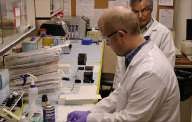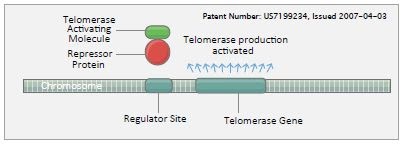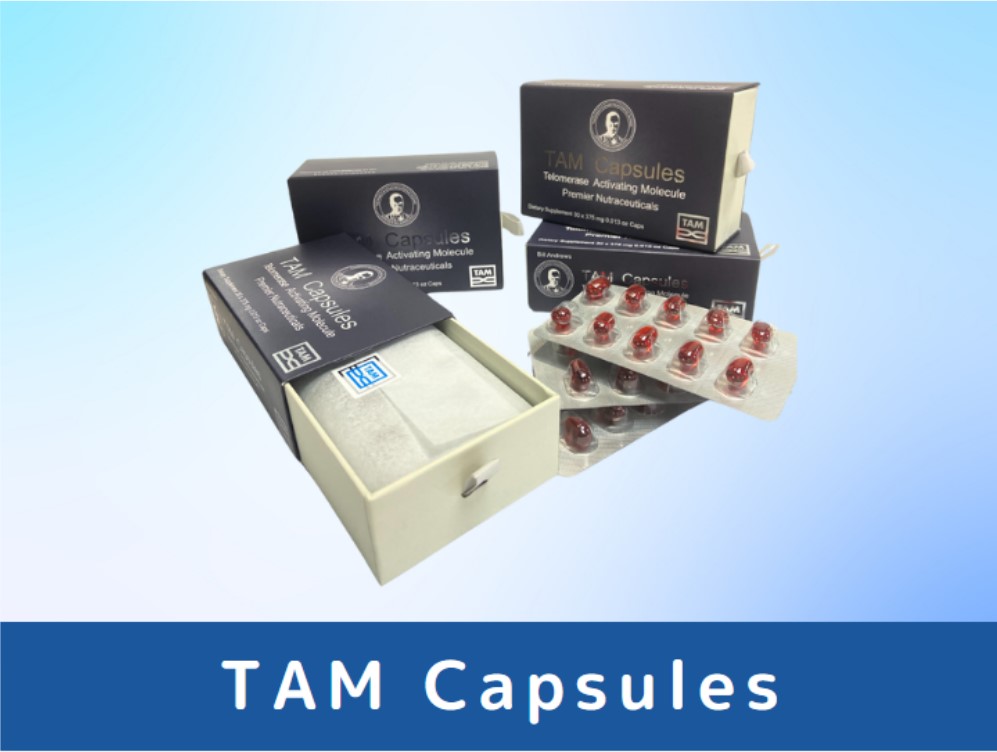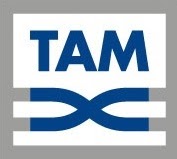
Short telomeres are the beginning of 'Disease'
Before symptoms of disease develop ...
Along with cell aging, the frequency of DNA damage occurrence overtakes the speed of DNA repair,and damage accumulates without being able to repair the DNA. As a result, protein synthesis decreases.When the intracellular protein is consumed for life support, the cells themselves are gradually damaged and eventually die. When many cells reach such a state in each organ of the body, it weakens the abliity of the organ itself and gradually symptoms appears as a disease.
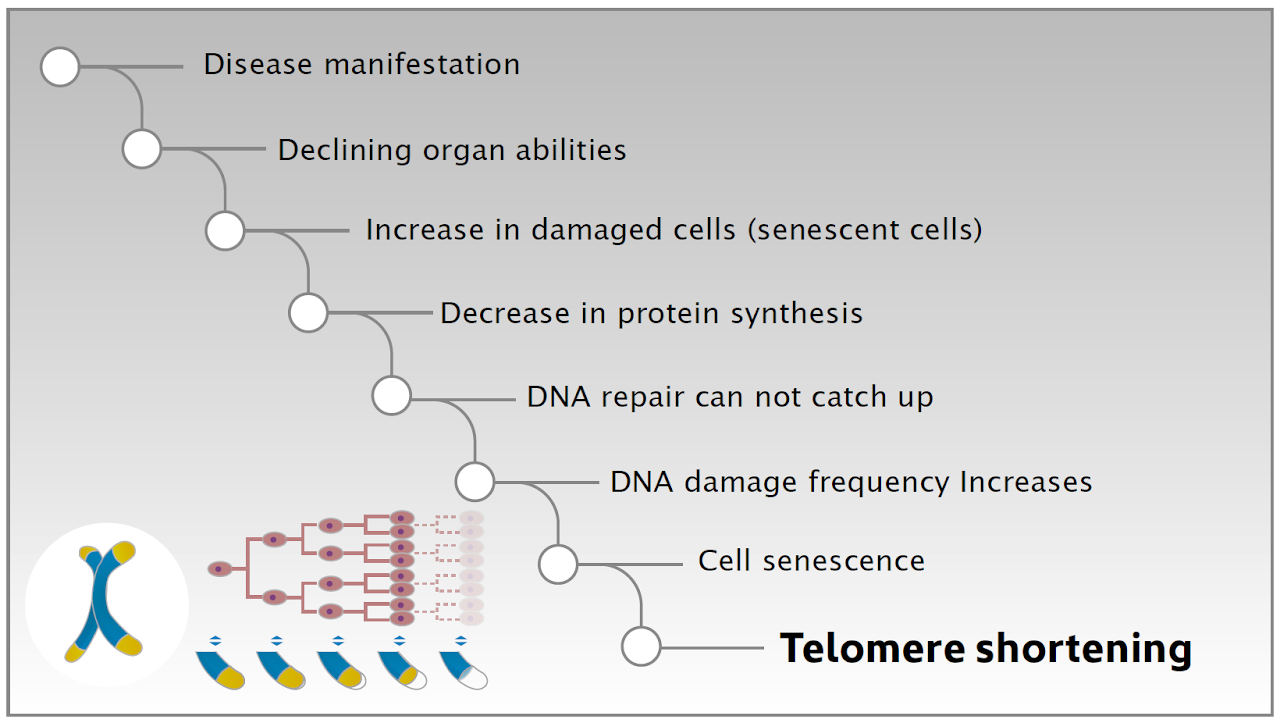
Cell senescence
The division of cells in each organ or tissue that forms a human can only divide and proliferate for a limited number of times. The limitation of division is called "Hayflick limit", and the cells which has reached the Hayflick limit and has stopped to divide is in the state of “cell senescence”. Empirical evidence shows that Hayflick limit is due to a replicative problem at the end of a strand of DNA, which causes the telomeres at the ends of the chromosomes to get slightly shorter with each new cell division until they shorten to a critical length, and then a scientific signal is sent and the cells stops dividing.
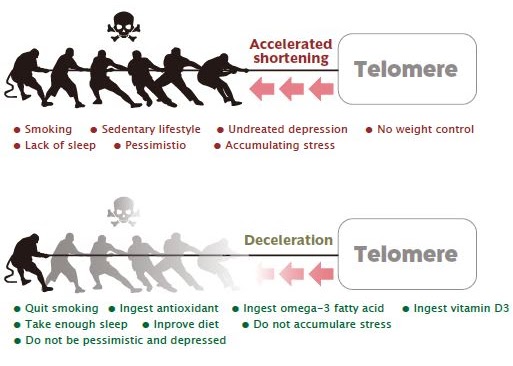
Diseases Caused by Telomere Shortening

The way to Lengthen telomere
Telomerase Activatin Molecule
(TAM-818)
How Telomerase Activating Molecule Helps Fight Aging
It had been known but considered inevitable, that the shortening of telomeres in human cells is the primary cause of aging.It has been subsequently discovered that there is a substance which can prevent such telomere shortening, called Telomerase.Telomerase is an enzyme that can slow, or even stop the telomere shortening process.
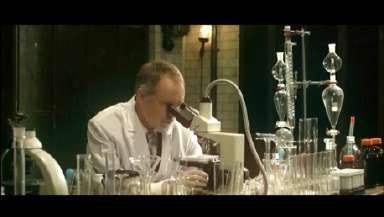
Further, it has been discovered that it is not the lack of telomerasewithin human cells that allows cells to age, but rather there isanother substance, a type of protein, that prevents telomerase from working the anti-shortening effect. That protein, is called Repressor Protein.
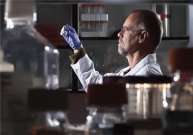
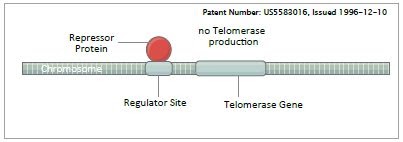
It was by Dr. Bill Andrews who thought and went on to research for finding a way to keep the Repressor away from telomerase gene, so that the telomerase is kept active in its job of maintaining telomere length.
